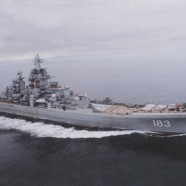
Maritime Safety, including Container-Ships
Les grands voiliers transportaient de la soie, du camphre, de la cannelle. Aujourd’hui, les géants des mers transportent du nucléaire en bonbonnes, du chimique en citernes, du gaz en cuves. Ils sont des sites Seveso transocéaniques. Gigantisme, cargaisons dangereuses, pavillons sous-normes, car-ferries poubelles, équipages novices au bout du rouleau ou de la routine : le transport maritime est un cruel pourvoyeur de pertes humaines, le vecteur caché des risques industriels et une source quotidienne de pertes de marchandises en mer.










